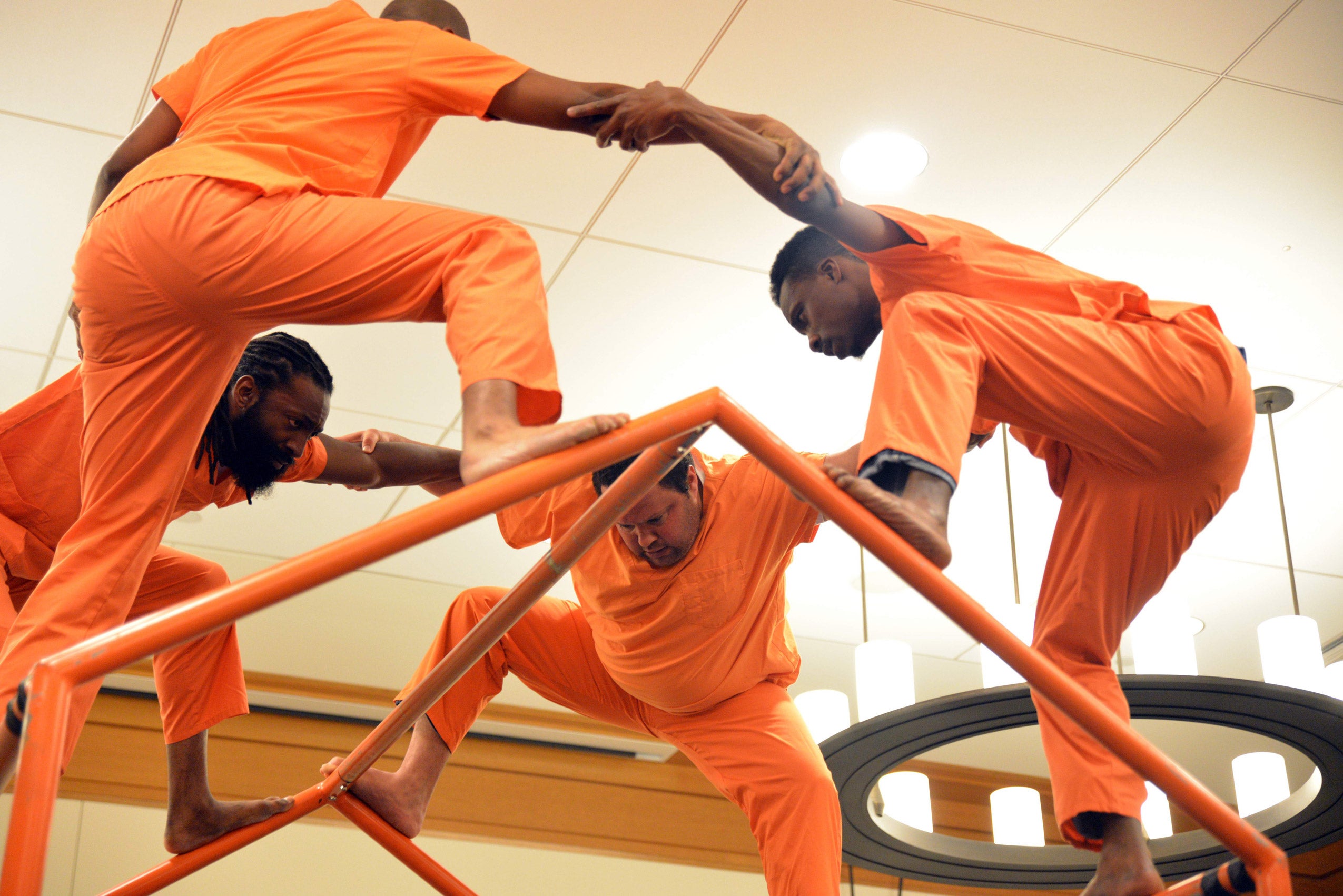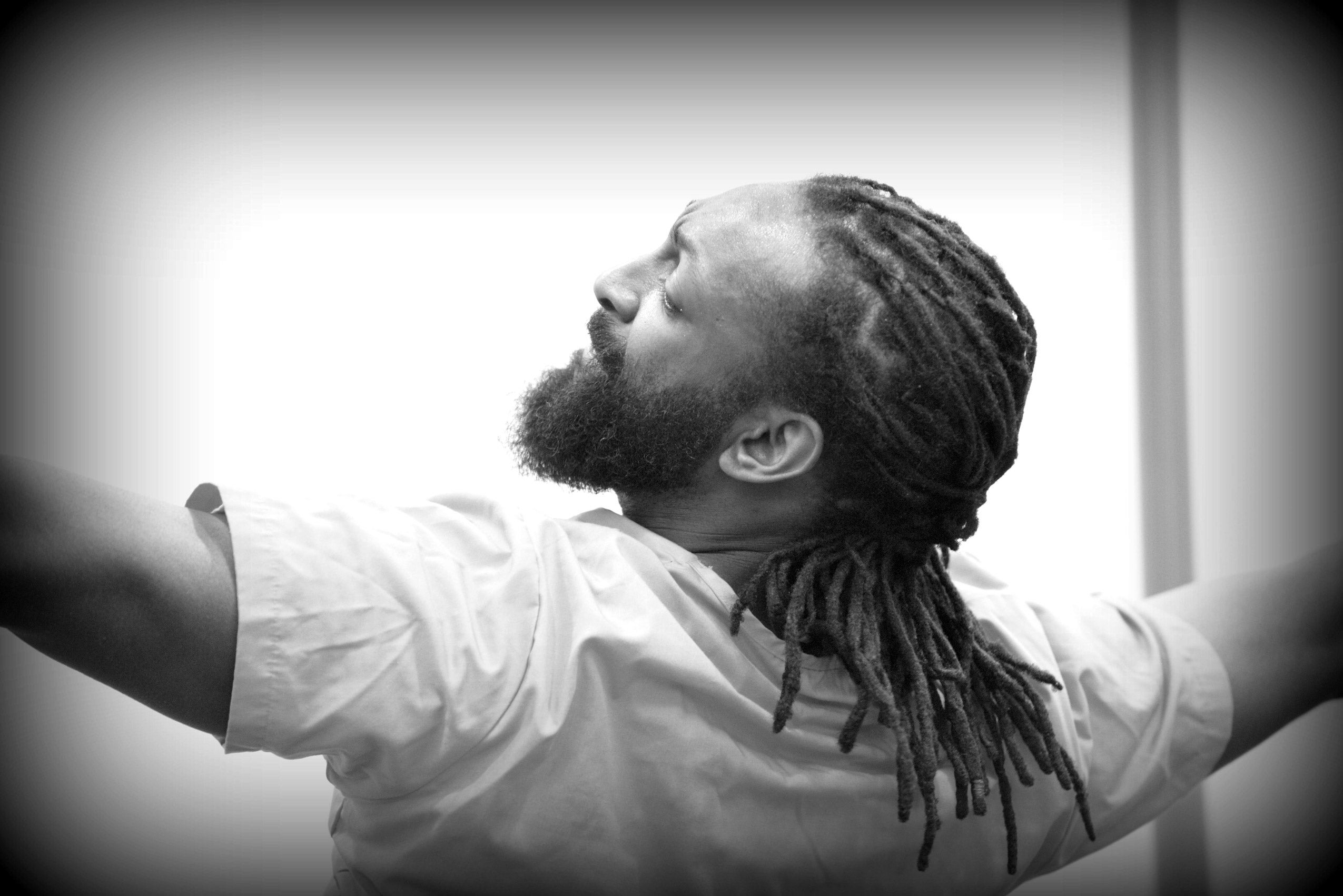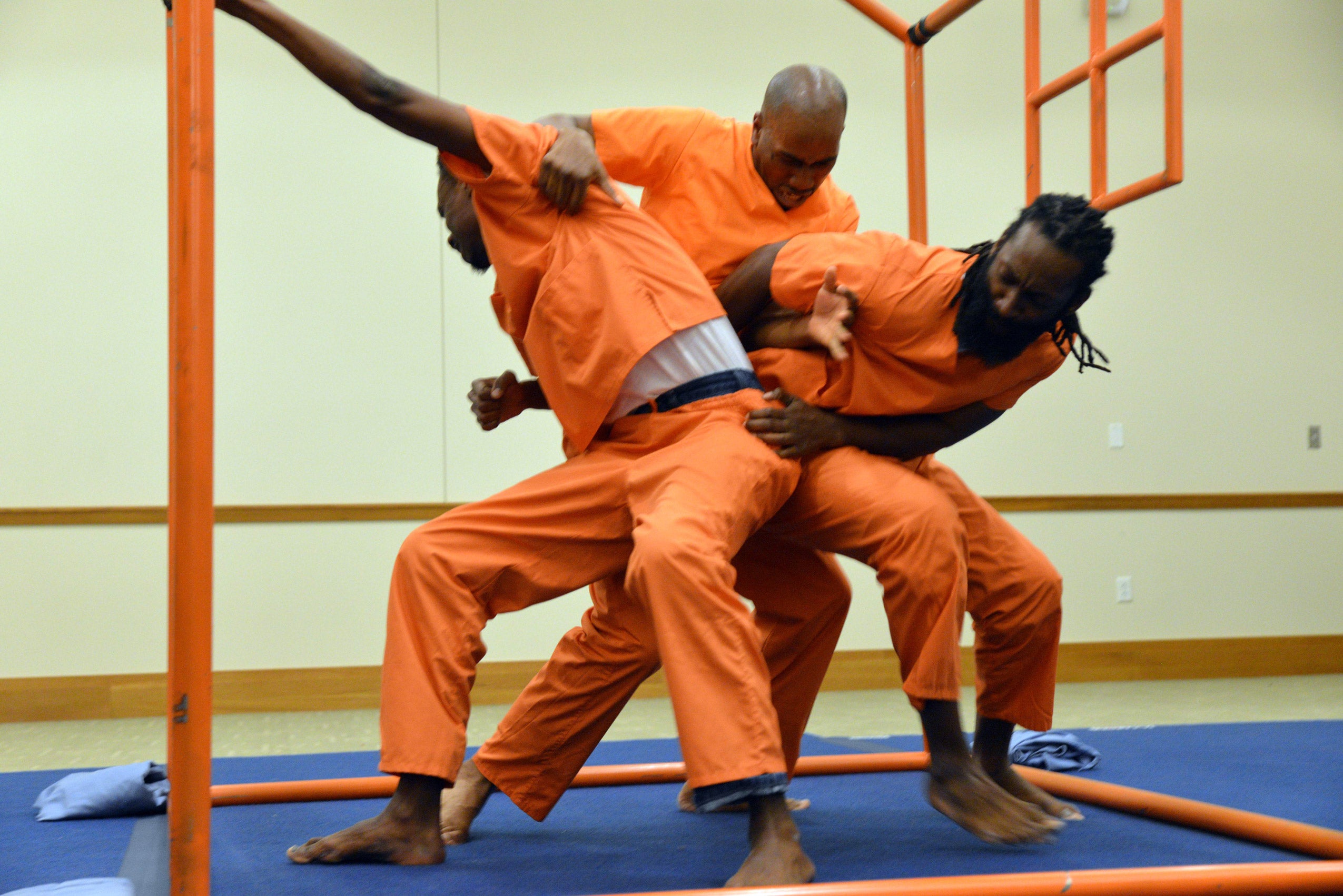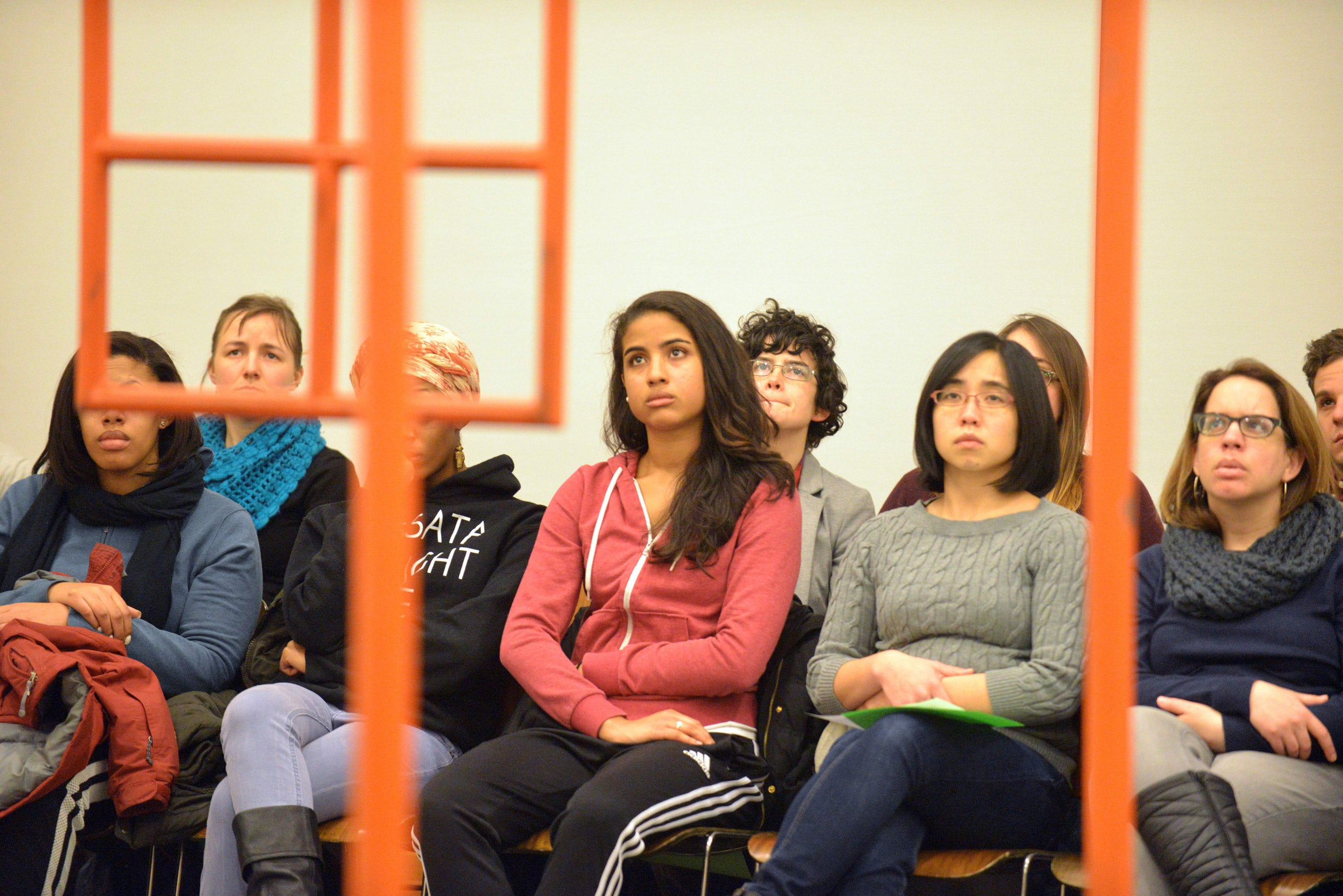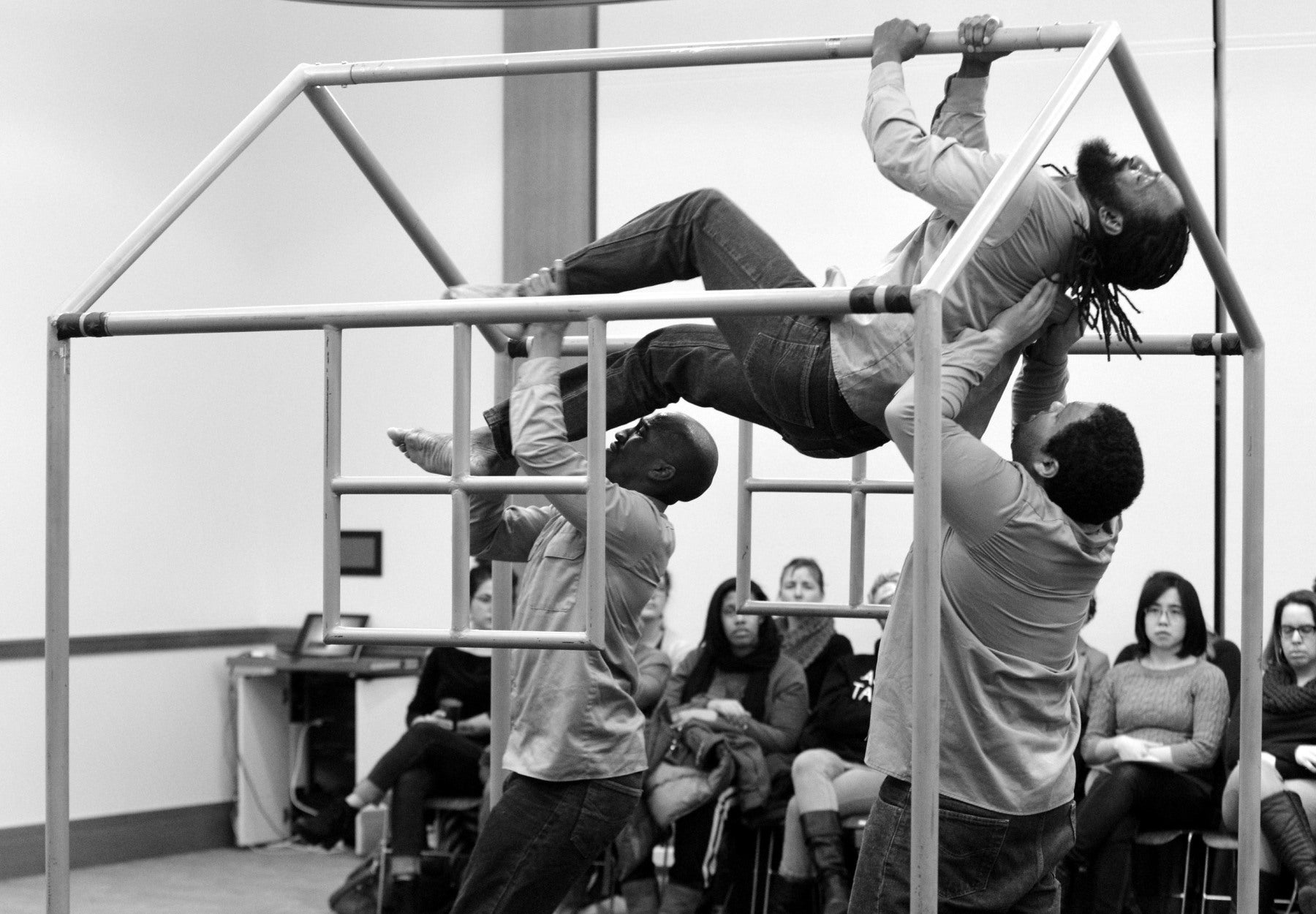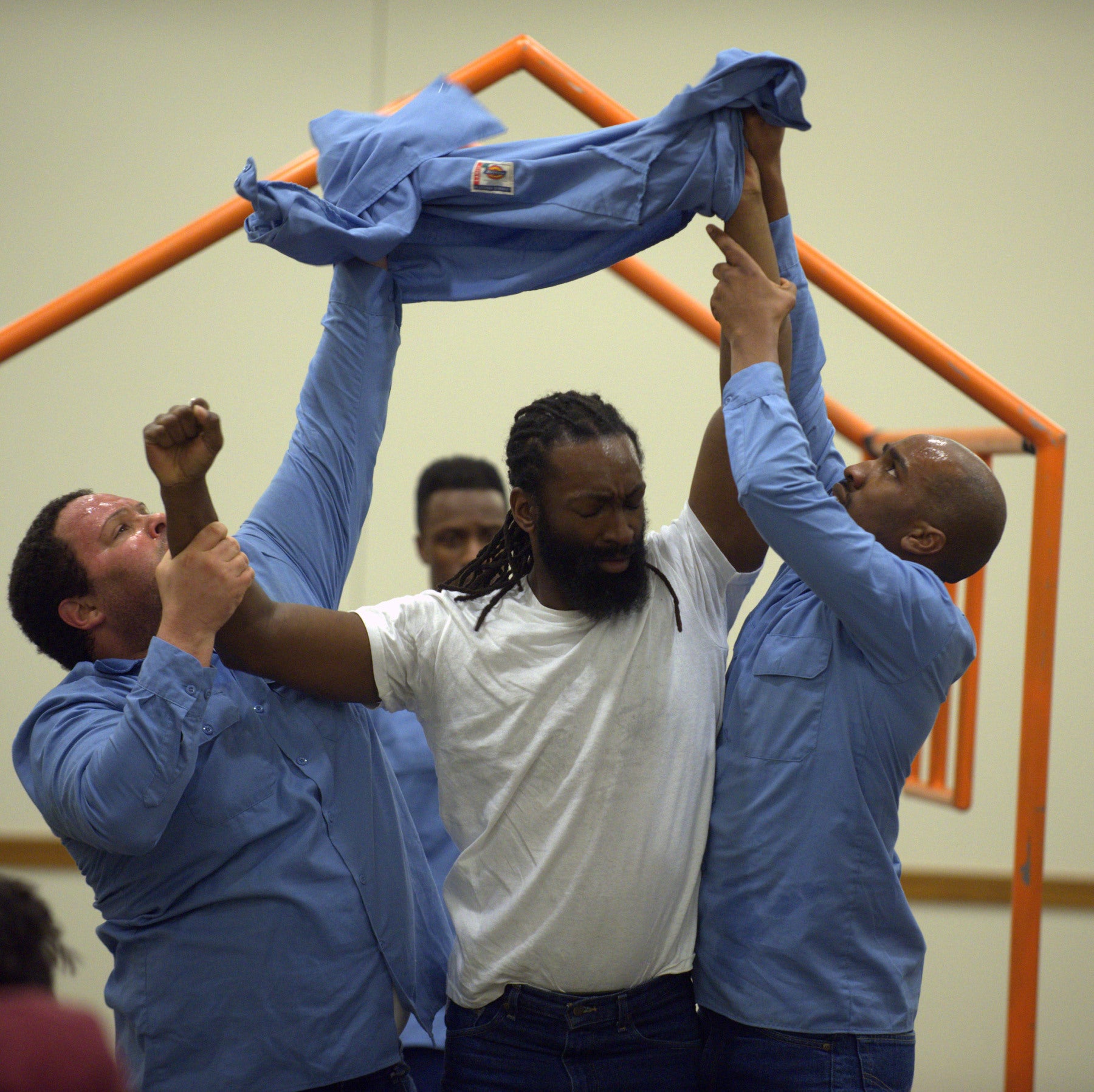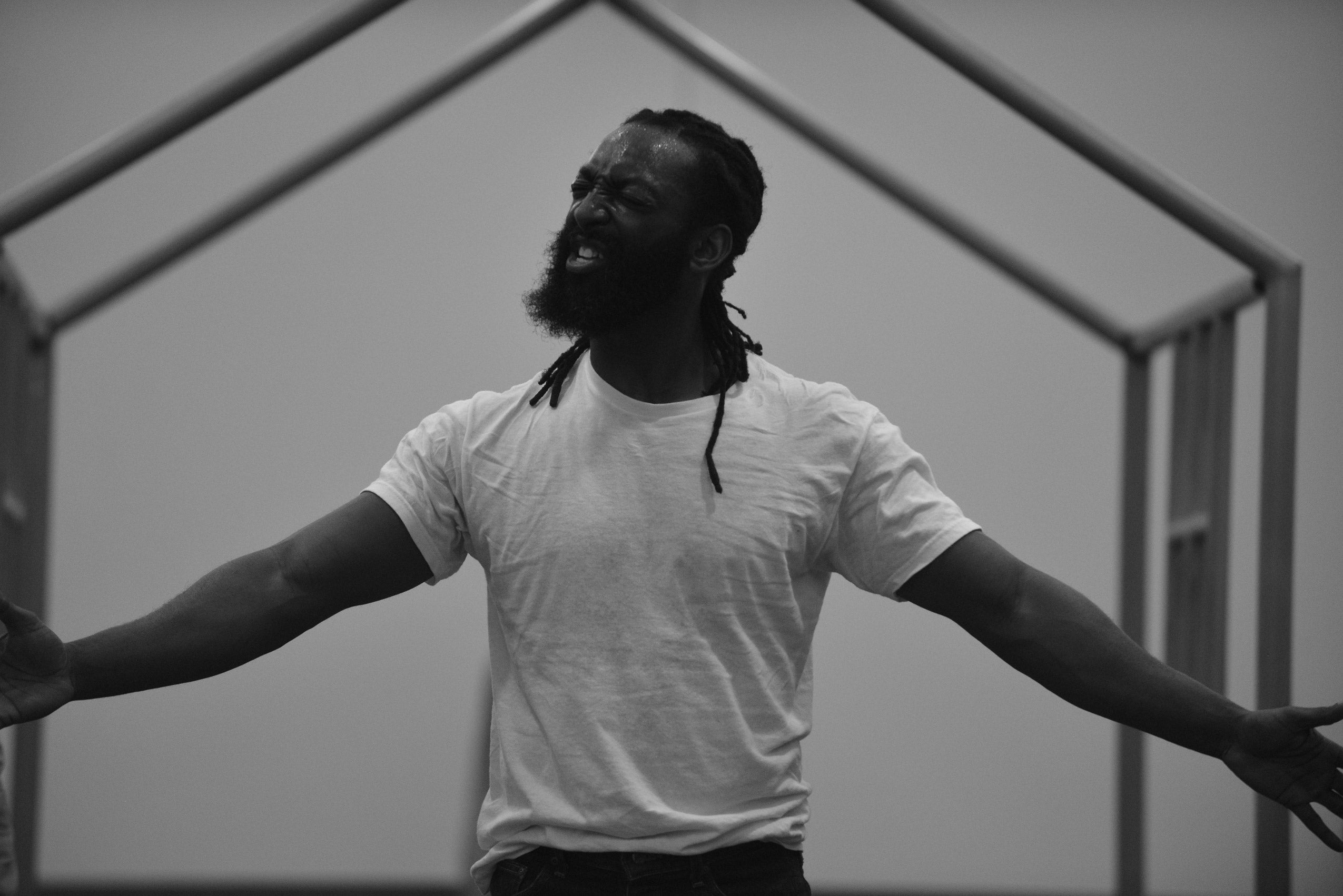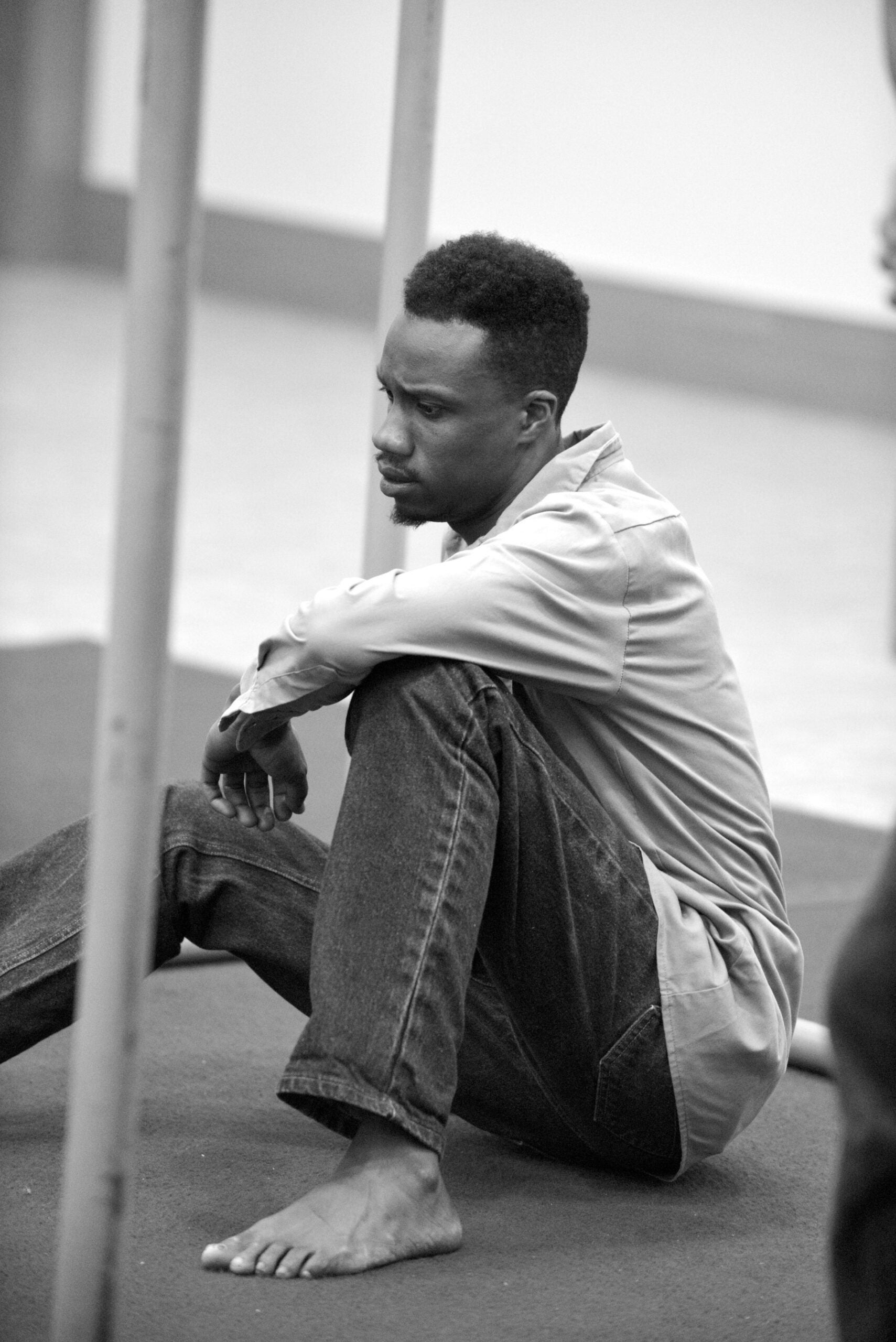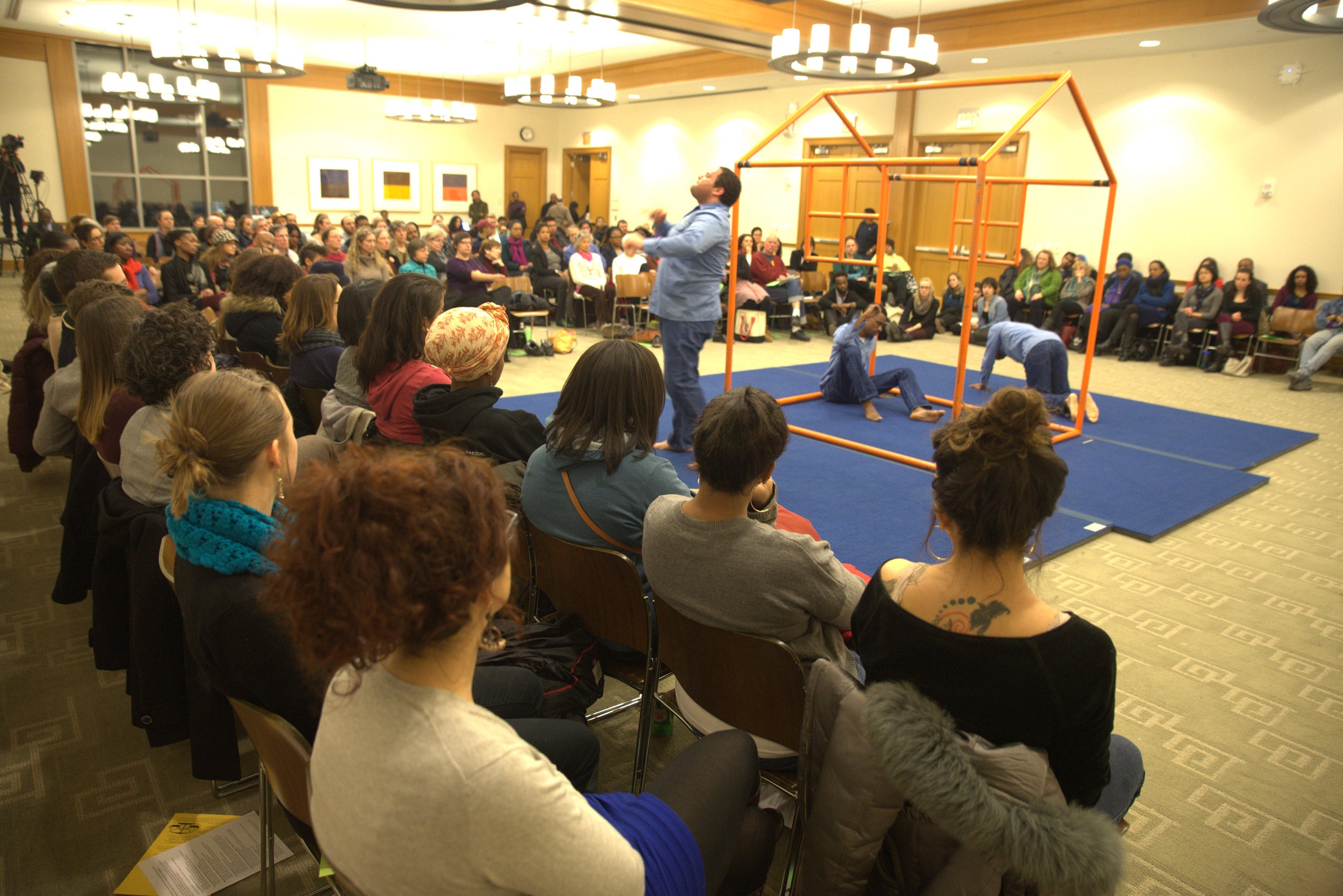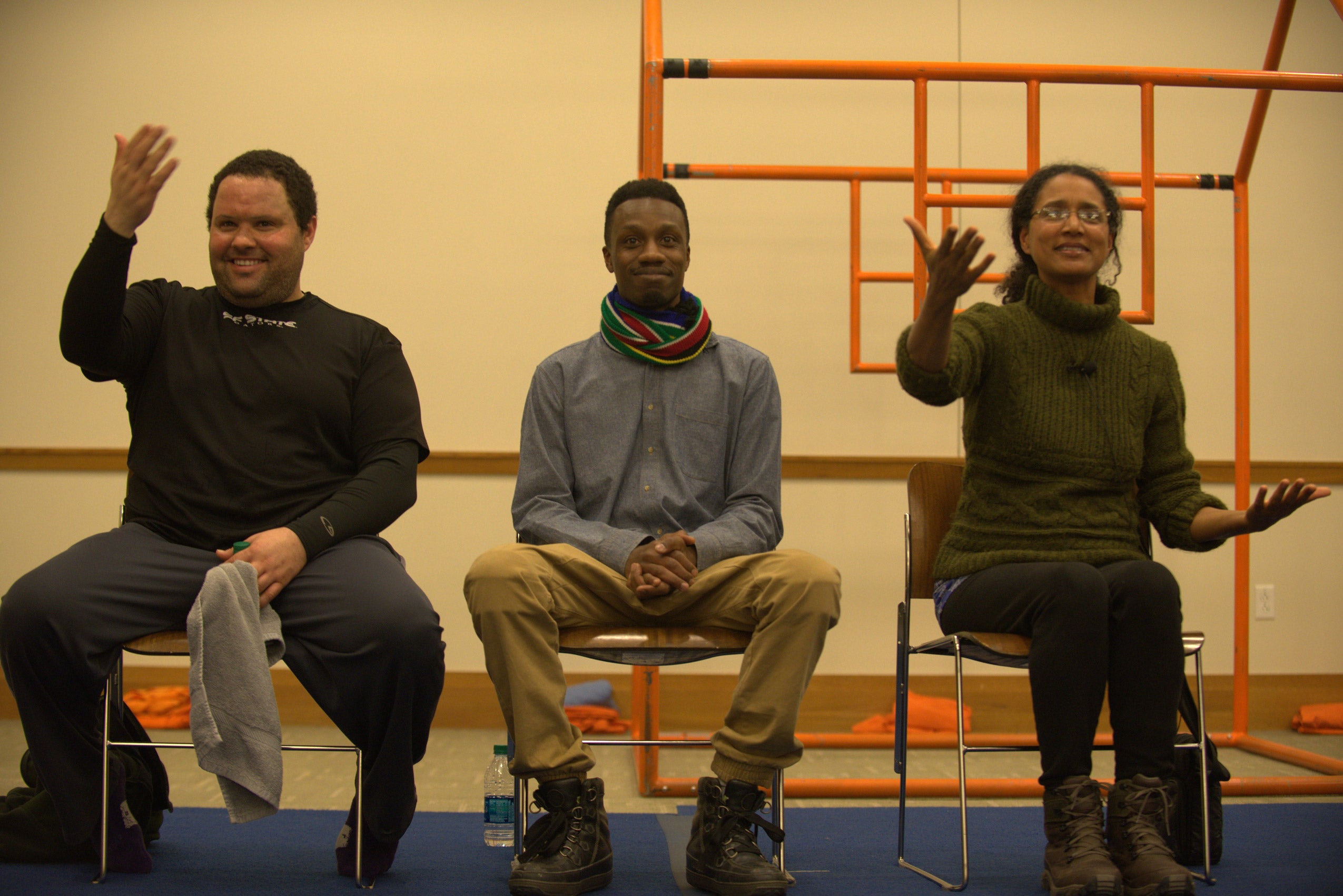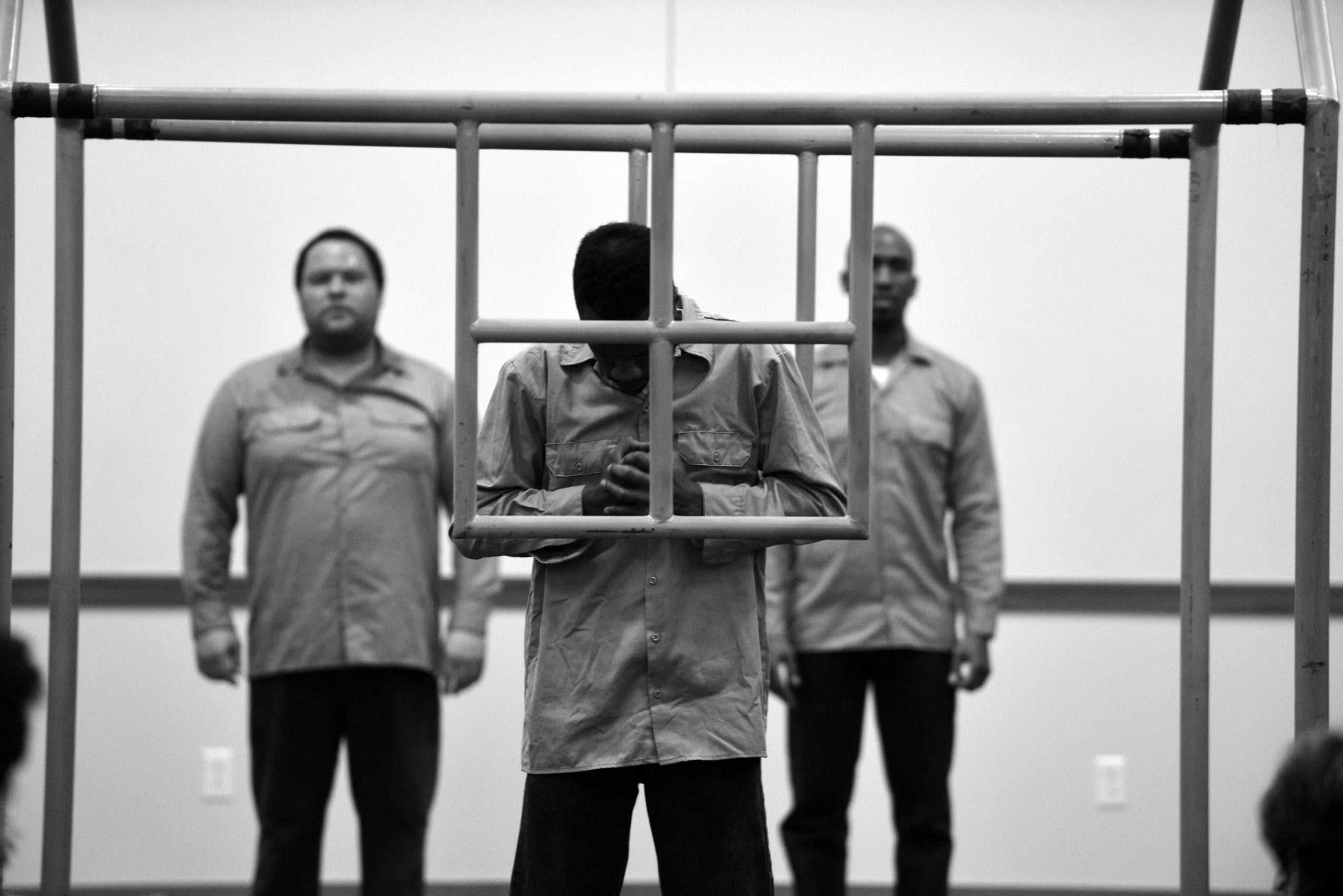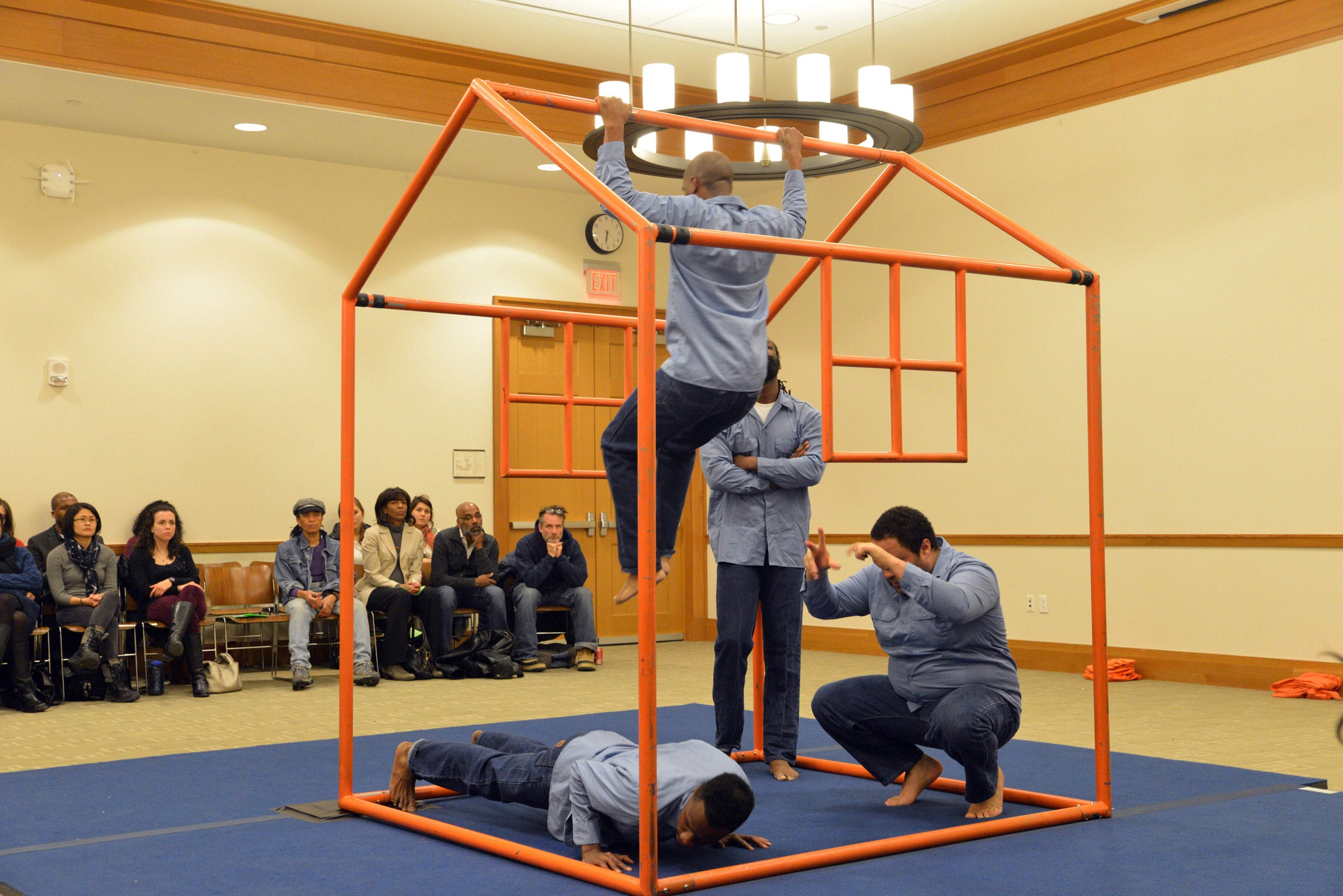Art is a powerful entryway in the fight for justice.
David Harris, managing director of the Charles Hamilton Houston Institute for Race & Justice
On March 6, Harvard Law School’s Charles Hamilton Houston Institute for Race & Justice hosted a dance performance focused on capital punishment and the disproportionate numbers of incarcerated people of color. The performance, Dying While Black and Brown, was first commissioned by the San Francisco Equal Justice Society, as part of the society’s campaign to restore 14th Amendment protections for victims of discrimination including those on death row.
In a review of the performance, Boston Magazine wrote: “Much like Common and John Legend’s anthem, Glory—the Academy Award-winning song from the movie Selma—the Zaccho Dance Troupe’s performance is an artistic work that speaks to the moment.”
The event was co-sponsored by the Hutchins Center for African and African American Research; Harvard Law School Criminal Justice Institute; Harvard Law School Criminal Justice Program of Study, Research and Advocacy; HLS Capital Punishment Clinic; Prison Studies Project; Phillips Brooks House Association Prison Education Program; Harvard Organization for Prison Education and Reform; Witness to Innocence; and the Harvard Divinity School Office of Ministry Studies.
